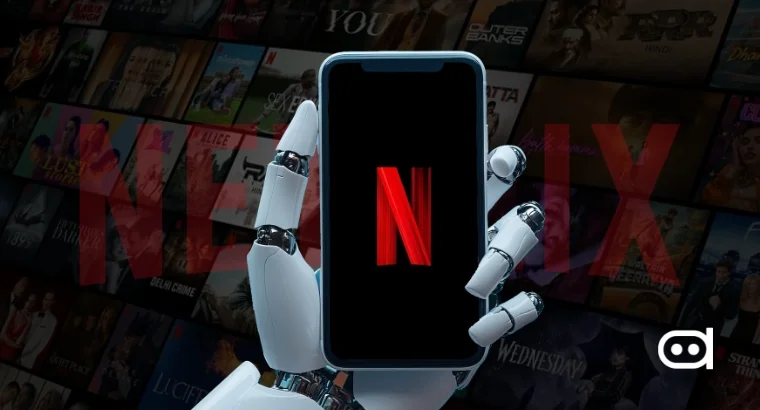
Apple is expected to announce new and enhanced artificial intelligence features and tools during the next WWDC in the following month. This move comes even though Apple has admitted that some of these features may be less novelty than those available from its competitors, including Microsoft and Google. Apple also believes in leveraging its large user base to compete fiercely in AI.
Apple’s AI plan is known as Project Greymatter. It involves a range of AI software that will be introduced into essential Apple apps such as the Safari web browser, Photos application, and Notes application. These tools can include capabilities for converting voice recordings to text, using artificial intelligence to edit photographs, and improving the Spotlight search. In addition, these updates are intended to improve web searching in Safari and to provide automatic replies for emails and messages.
To enhance these capabilities, Apple intends to implement a dual processing strategy: Local artificial intelligence functions will be run on the devices to provide simplified computations, with more complex computations being run remotely on the cloud by M2 Ultra chips. It allows Apple to continue upholding the company’s policy on user privacy and, more importantly, ensure that data that has to be processed in the cloud is secure.
In addition to updating its software, Apple aims to launch a new set of tools for developers and further enhance its voice assistant, Siri. These will enable natural interactions as they employ natural language processing techniques. Another promising feature under development is the possibility of generating individual emojis in real time, depending on the topics of the user’s communication.
Apple has made huge strides in AI, yet the company’s AI programs offer some difficulties as well. It has been criticized for its lack of capability to produce new developments on the AI front, especially considering the increased steps up by other technology behemoths. Apple’s response has been to aim at implementing AI that will assist people’s everyday lives rather than going after those features that have no clear and palpable use, as some of its rivals might do.
This extends to Apple more generally. For example, the new iPhone home screen lets users personalize the appearance of individual apps and where they sit, reversing a longstanding policy of a grid layout.
At the same time, the tech giant is also maneuvering to integrate it into various partnerships to boost its AI capabilities. Following the chats with the two innovators, Google and OpenAI, Apple has opted to partner with OpenAI to incorporate its chatbot technologies in iOS devices. Some employees have qualms about creating an internal chatbot as a solution. Still, this decision is regarded as a response to the changes in the AI market and as a natural progression of the company’s innovations.
As for other industries, Apple’s competitors remain active and inventive as well. For example, Sonos has recently released its Ace headphones that boast better sound quality, updating the traditional headphone features with Wi-Fi connectivity to other Sonos gadgets, a noise cancellation system, and faux leather cups. Coming at $100 cheaper than the Apple AirPods Max, the Sonos Ace headphones pose a severe threat to the premium headphones segment.
In another development, startup Humane was interested in selling the business after the failure of its Ai Pin, a gadget that was to rival the smartphone. Nevertheless, the product failed to succeed even with extensive funding and a team of former Apple employees due to its high cost and lack of functions.
With the current drive towards AI and other technologies, Apple has continued to be a key player in technology advances as it seeks to meet the current challenges and emerging opportunities. With a new head of diversity and inclusion joining Apple’s team, the company is doubling its cultural and operational diversity goals to enhance its workforce and community impact in the coming years.





